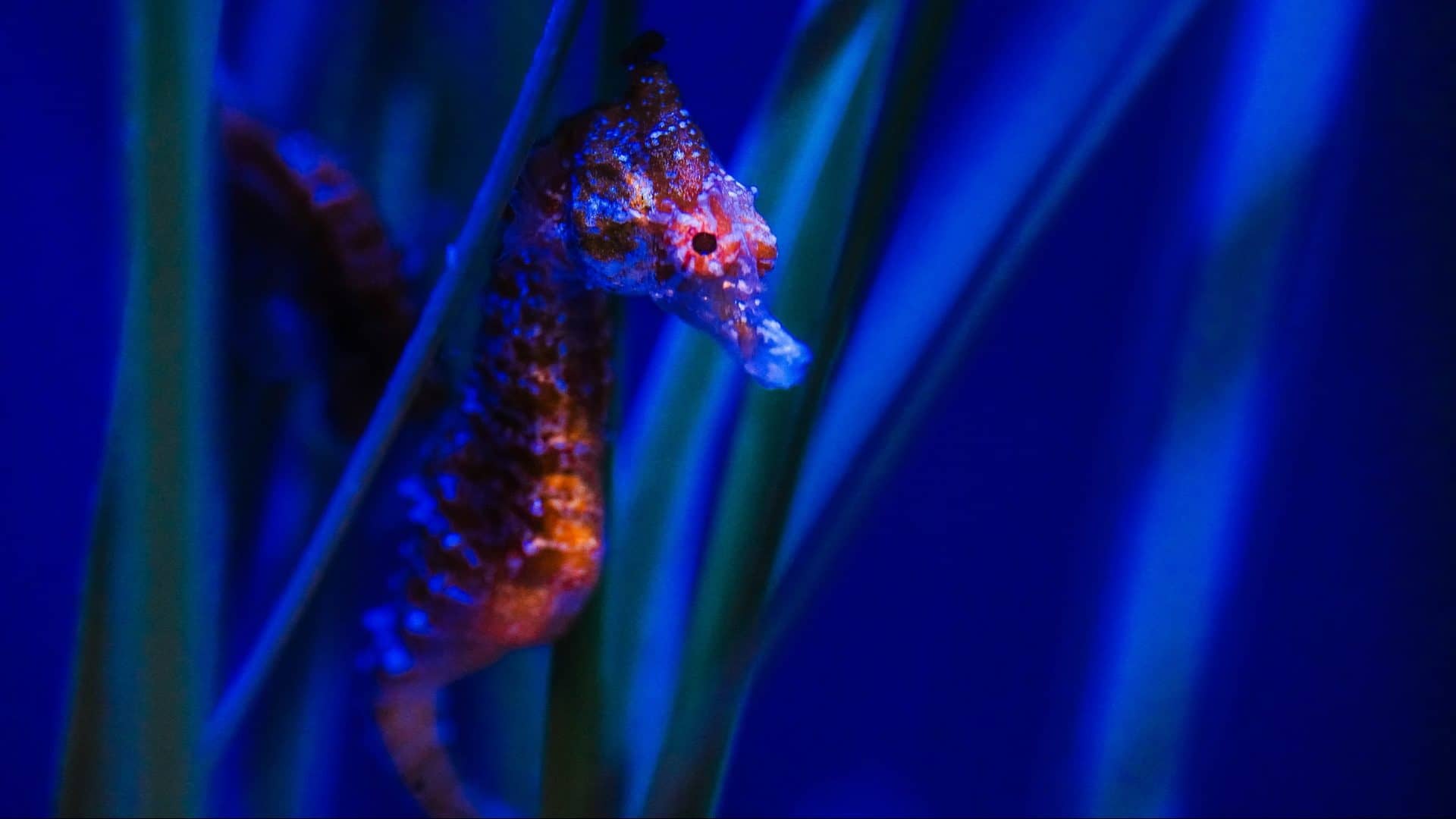What do whales, snot, and drones have in common? The answer: scientific breakthroughs. Whale biologists at the Ocean Alliance are pioneering a new, non-invasive way to study whales using drones that allow scientists to observe whales like never before. These insights are giving us a glimpse into the lives of the largest creatures to ever live and helping us understand how to better protect the oceans that they call home and we depend on.
How do you collect whale snot? Well it’s a lot easier than you might think! And these snot-based insights are becoming increasingly important for us to collect. With oceans becoming more and more adversely affected by humans, it’s critical that we understand how whales—a longstanding bellwether for ocean health—are being affected. As the Ocean Alliance so eloquently puts it: Save the whales, save the oceans, save ourselves.

Save the Whales, Save Ourselves
Earth’s oceans make up 71% of our planet 1 and play a critical role in regulating our climate, feeding our planet, and creating the air we breathe. 2 And whales play a central part in sustaining the ecosystems that keep our oceans—and the planet—in balance. As whales dive, feed, migrate, poop, and even pass away, they circulate vital nutrients from the ocean’s depths to the surface. This “whale pump” helps to support phytoplankton that remove carbon dioxide from the air and create up to 50% of the world’s oxygen. 3
Even though whales are such key species to the survival of life on this planet, we still know relatively little about them. (We only learned that humpback whales sing songs in the late 1960s. 4) Luckily, we now have a new, more affordable, more accessible and far less invasive way to study these incredible creatures!
Meet the SnotBot®
When it comes to whale snot collection, it turns out that that isn’t too difficult a job. You see, those big plooms of water and air—called blows—that a whale expels as it exhales at the surface of the water are full of snot. If you can position a drone with some petri dishes on them in just the right place as a whale exhales, you’ve got enough snot to learn all about the health of a whale.
In the past, getting this kind of biological data required getting a scientist up close to a whale in loud boats and taking a small sample of flesh to be analyzed. This procedure often stressed the whale, was incredibly costly, and could not be easily done without a large, well funded, team.
It was on one such journey, with a harpoon in hand to collect a sample that Ocean Alliance CEO, Dr. Ian Kerr was hit face first with the blow of the whale he and his team were following. Dr. Kerr realized that he wasn’t just covered in spray, he was covered in whale snot 5, snot that could contain much of the information he and his team were trying to get with their flesh sample.
After some experimentation, Dr. Kerr figured out that mounting petri dishes onto widely available consumer drones gave he and his team the opportunity to not only collect key biological data, but also observe whales while leaving them undisturbed. And so, the SnotBot was born.
Using SnotBot, scientists can now study whales from above, keeping their distance, and then swooping in to grab a snot sample from the whale’s blow. With this kind of technology, data that used to take tens of thousands of dollars and months of expeditions can now be done quickly and safely with a few thousand dollar drones and a couple drops of snot by teams anywhere around the world.
What can we learn from whale snot?
Whale snot is an incredibly rich substance. It contains DNA, stress and pregnancy hormones, bicorbiomes, and other key indicators of the animal’s health. 6 DNA can help us recognize individuals and their families. Sex hormones give us a glimpse into the reproductive health of the individual and the species. Stress hormones can tell us if our presence—whether physical or in the sounds we are introducing into the ocean—are having an adverse effect on them.
The rich data the snot gives us can help us make decisions about where to place shipping lanes for ocean liners, when whales are mating, and what conservation measures may be most effective as these animals roam the oceans. It could even help us understand why conservation efforts have helped some whale species bounce back, while others are remaining critically endangered.
The Next Generation of Whale research!
Snotbot is just the first in a growing field of using Drones For Whale Research (DFWR) that Ocean Alliance is spearheading! For more on how Snotbot works and what the future of DFWR looks like, here’s Dr. Ian Kerr with WIRED’s Matt Simon to give us a glimpse into this fascinating world.
Catch more in depth looks at emerging technologies and innovations over on the WIRED YouTube channel.
The Future of Drone Assisted Whale Research
Drones are not just making our whale observation less invasive, they are also making whale research less expensive and more widely available to scientists around the world. By giving more scientists the tools they need to collect rich data, we can expand our global database for these ocean roaming creatures.
Drones aren’t limited to collecting snot, they are also being deployed to attach data tags to whales, provide infrared imaging to help track whales underwater and determine body temperatures, listen to whale calls with the EarBot, and aid in photogrammetry (using pictures to determine the size of an animal). Collecting this kind of data, much like the original method used before the SnotBot, required teams of scientists, boats, and in some cases airplanes or helicopters costing weeks of time and tens to hundreds of thousands of dollars. Now, it can be done with a small team and a $1000 drone! 8
How you can support this kind of research
If you’d like to learn more about SnotBot, EarBot, or Drones for Whale Research, hop over to the Ocean Alliance website. There, you’ll find ways to donate, shop, and support the incredible research they are doing. You can also keep up with their work via their Instagram, Facebook, and Twitter accounts so you never miss out on hearing about their latest projects.
For the love of whales!
Sometimes I joke that I helped to found Goodness Exchange simply as an excuse to write about whales. But honestly, it’s a little true! Getting to support scientific research by sharing and celebrating conservation innovation and success stories is a huge part of the heart behind the Goodness Exchange. If you’re an animal science lover, too, I suggest you check out some of the following articles. They’re sure to give you something to put a spring in your step and hope in your day.
Nature Does it Better: Why Whales are the Best Carbon Capturing Technology We Have
If we change the plea of climate change from a moral perspective to an economic one, would that convince world leaders to pursue international climate efforts? As it turns out, protecting our world’s whales is worth trillions of dollars in climate change prevention.
Read Article Watch Video Listen to PodcastMeet the Rescue Dogs Saving the Environment!
Rescue dogs are now becoming conservation superheroes too! Meet the pups getting a new life at the forefront of saving ecosystems, anti-poaching, and amazing conservation efforts.
Read Article Watch Video Listen to PodcastWe are at an exciting point in history where we can bring affordable technologies and groundbreaking research together to do an enormous amount of good in the world. From using social media to spread awareness, to putting drones in the field to collect data, it all matters. We can be a part of this wave of goodness and progress whether we’re lending our expertise or sharing stories like this one with our friends, family, and co-workers. Great projects and important research don’t have to be left in the shadows or forgotten by the evening news. We can celebrate and support progress and keep it going, together.
Stay beautiful & keep laughing!
-Liesl

Don’t miss out on a single article!
Enjoy unlimited access to over 500 articles & podcast that give you a positive perspective on the state of the world and show you practical ways you can help.
Notes:
- “How Much Water Is There on Earth? | U.S. Geological Survey.” Usgs.gov, 6 June 2018, www.usgs.gov/special-topics/water-science-school/science/how-much-water-there-earth#:~:text=About%2071%20percent%20of%20the,percent%20of%20all%20Earth’s%20water. Accessed 12 Oct. 2022. ↩
- US. “Why Should We Care about the Ocean?” Noaa.gov, 2022, oceanservice.noaa.gov/facts/why-care-about-ocean.html#:~:text=The%20air%20we%20breathe%3A%20The,our%20climate%20and%20weather%20patterns. Accessed 12 Oct. 2022. ↩
- “Plankton Revealed | National Geographic Society.” Nationalgeographic.org, 2022, education.nationalgeographic.org/resource/plankton-revealed. Accessed 12 Oct. 2022. ↩
- “Humpback Song.” Ocean Alliance, 11 Nov. 2018, whale.org/humpback-song/. Accessed 12 Oct. 2022. ↩
- News, VICE. “Using Drones to Gather Whale Snot — for Science (HBO).” YouTube, 15 Mar. 2018, www.youtube.com/watch?v=Y07RmZvDnrY. Accessed 12 Oct. 2022. ↩
- “SnotBot.” Ocean Alliance, 11 Nov. 2018, whale.org/snotbot/. Accessed 12 Oct. 2022. ↩
- WIRED. “How Drones Catch Whale Snot for Biology Research | WIRED.” YouTube, 10 Jan. 2020, www.youtube.com/watch?v=AEs5HdFS46g. Accessed 12 Oct. 2022. ↩
- “DFWR.” Ocean Alliance, 11 Nov. 2018, whale.org/dfwr/. Accessed 12 Oct. 2022. ↩








